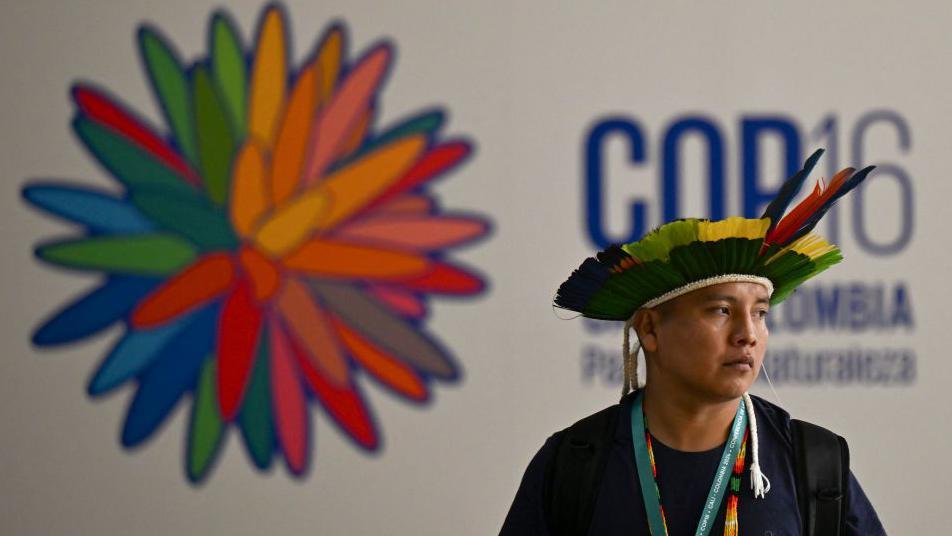As the United Nations biodiversity summit, COP 16, concludes in Cali, Colombia, experts express growing concern over the insufficient progress made in addressing the crisis of nature decline. Despite being an urgent global issue, political ambition to combat the destruction of biodiversity, which carries significant economic repercussions, remains alarmingly low. With representatives from 196 countries gathering to negotiate strategies aimed at halting biodiversity loss by the year 2030, it has become clear that many nations arrived unprepared, failing to submit comprehensive plans in advance of the summit. This underpreparedness highlights the gap between immediate political priorities and the pressing demands of environmental conservation.
The backdrop of COP 16 reveals an unprecedented situation where an estimated one million species are teetering on the brink of extinction, with nature facing degradation at an alarming rate. Experts like Tom Oliver, a biodiversity professor at the University of Reading, emphasize that a “vicious cycle” exists, wherein economic challenges diminish political engagement with environmental issues, yet the ongoing destruction of ecosystems incurs vast financial losses. The urgency of addressing these intertwined problems is underscored by the stark reality that without political prioritization of nature, the risks associated with biodiversity loss will only intensify.
Effective measures did emerge from the discussions, including the establishment of a global fund known as the Cali Fund. This initiative mandates that companies benefitting from genetic resources must contribute financially towards conservation efforts. This development represents a glimmer of hope, signaling recognition of the commercial value of nature and the necessity for corporations to play a role in its preservation. Additionally, the summit acknowledged the crucial role of Indigenous Peoples as stewards of biodiversity, affirming their interests through the creation of a permanent representative body. Such initiatives indicate strides toward a more inclusive and economically integrative approach to biodiversity protection.
Despite these positive outcomes, scientists like Nathalie Seddon from the University of Oxford express deep dissatisfaction with the wider progress of biodiversity initiatives. Seddon notes that, while there may have been some meaningful advancements, the overarching assessment paints a troubling picture whereby biodiversity continues to be overshadowed by climate action despite the clear need for coordinated strategies that encompass both realms. This oversight threatens to undermine holistic efforts necessary for sustainable environmental stewardship.
As the summit wraps up, the next biodiversity meeting is scheduled for 2026, prompting immediate concern regarding the urgency of action within this limited timeframe. Astrid Schomaker, executive secretary of the UN Convention on Biological Diversity, highlighted the significance of collaboration among governments, non-governmental organizations, and scientists as critical to devising effective solutions. The exchange of knowledge and resources in such collaborative frameworks could be pivotal in addressing the complex crisis facing ecosystems worldwide, demanding prompt action and commitment from all stakeholders involved.
In reflection on the discussions and outcomes of COP 16, renowned primatologist Dr. Jane Goodall warns of dire consequences if society fails to confront the looming threat of biodiversity loss. Advocating for collective responsibility, Goodall stresses the need for individual and community engagement in conservation efforts, rather than solely relying on governmental and corporate accountability. The sense of urgency and resolve demonstrated at the summit must translate into tangible actions; otherwise, the future of vital ecosystems—and humanity’s own well-being—remains precariously at risk.

